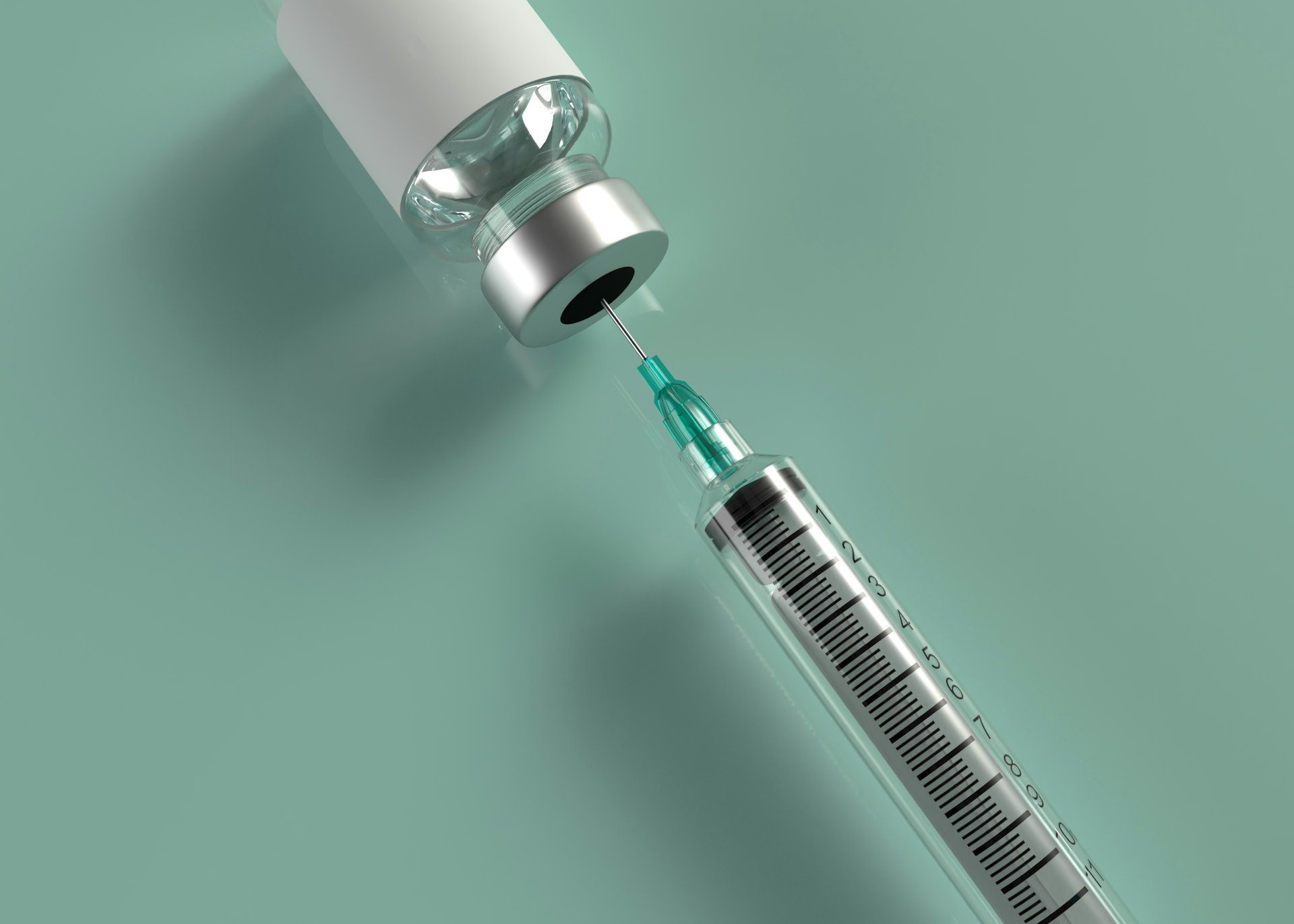Health
Measles Vaccine from ’70s, ’80s May Need Boost: Check Your Immunity

If you received a measles vaccination in the 1970s or ’80s, it’s possible that the protection it offered might have diminished by now, warn medical professionals. Amid a recent measles outbreak in Florida, Jill Roberts, an associate professor at the USF College of Public Health, raised concerns about the potential waning effectiveness of these older vaccines.
The measles vaccine was first introduced in 1968, with the MMR vaccine, which provides protection against measles, mumps, and rubella, following in 1971. A few decades after the MMR vaccine’s introduction, measles was declared eliminated in the U.S. in 2000.
Roberts suggests that those who received measles vaccinations in the ’70s and ’80s, primarily individuals now in their 40s and 50s, should consult with a healthcare provider about their immunity status.
“There’s absolutely no risk in getting another MMR, so if you don’t know, just go get another shot,” she advised. “They’re inexpensive and widely available.”
Roberts also cautioned that measles is a highly contagious virus for those who have not been previously infected or vaccinated, with a transmission rate of up to 90%.
Dr. Jacob Glanville, a virology expert and founder of Centivax, a pharmaceutical company based in San Francisco, also voiced concerns about recent outbreaks in communities with low vaccination rates.
“If you have ever received the MMR vaccine, you likely still have immunity, although talk to your doctor about a measles titer test if you have concerns,” he suggested.
The titer test is a measure of an individual’s level of immunity to the virus.
Dr. Marc Siegel, a clinical professor of medicine at NYU Langone Medical Center and a medical contributor for Fox News, underscored the importance of measles vaccinations. He pointed out the risk posed by the combination of circulating measles virus and underimmunized people entering the U.S. during a global measles surge.
“This is not yet an official suggestion anywhere, but I do check measles titers in many of my patients, and if they are low, I may give a booster as a precaution,” he shared. “The protection from the original vaccines may wear off over time.”
As of the end of February, the Centers for Disease Control and Prevention (CDC) reported a total of 41 measles cases across 16 jurisdictions: Arizona, California, Florida, Georgia, Indiana, Louisiana, Maryland, Michigan, Minnesota, Missouri, New Jersey, New York City, Ohio, Pennsylvania, Virginia, and Washington.
Let us know what you think, please share your thoughts in the comments below.
